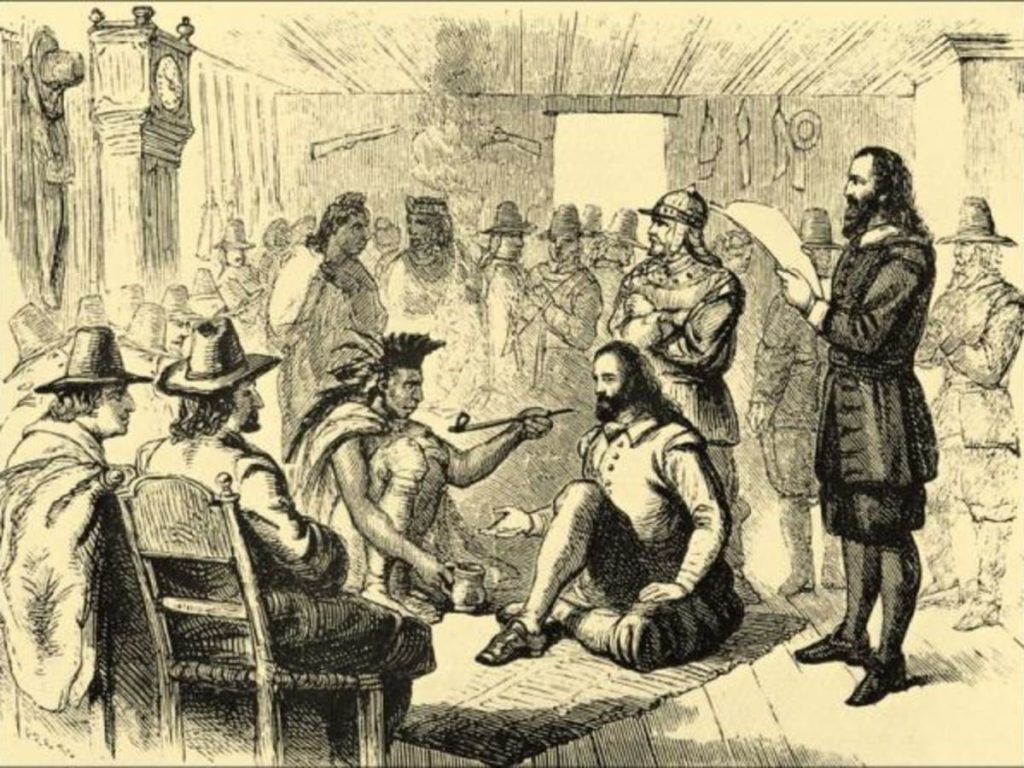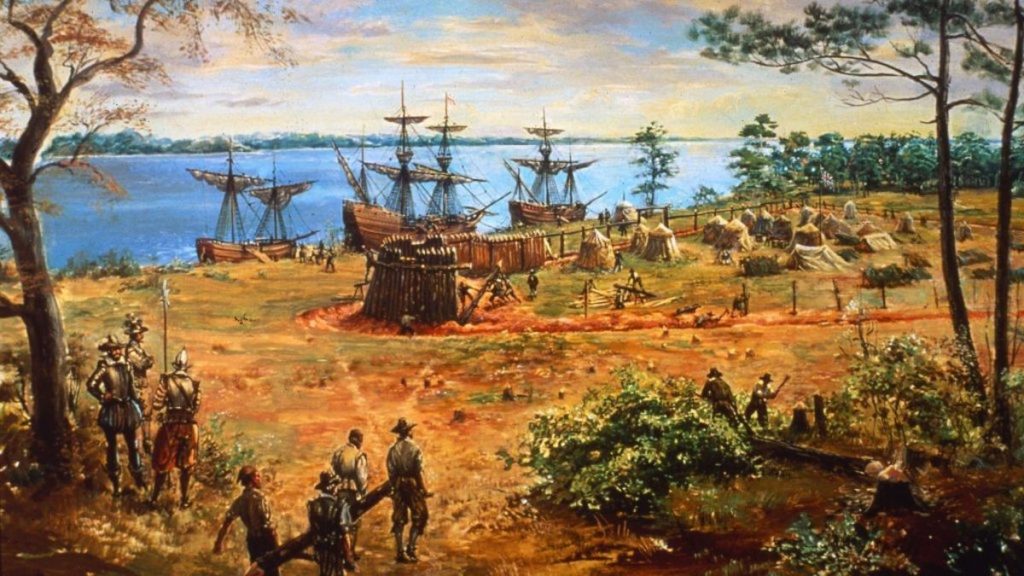We are all Leaders. Some have more followers.
A lot of thoughts are spinning around in my head. But as I think about everything that is going on around us, I am struck by the leadership concepts that have played a huge roll in getting us to where we are today. Concepts going all the way back to the beginning. From our homes to our country and even the world, we find ourselves precisely where leadership principles and practices have brought us.
I hope you and your family really did have a wonderful holiday together over Thanksgiving. Thank you too, to all of you who responded to our message. But after sending out our Thanksgiving message to you last week, I got to thinking more about our two founding communities and how different they were. Their goals, practices, and methods were very different. For example, their leaders had something quite different in mind when they began their communities in Jamestown, VA in 1619 and 1620 in Plymouth, MA. One year apart in time; a world apart in why they came to America and what they wanted.
Lest you think this topic is not about you and me and the companies we are part of, I encourage you to read on. It most definitely is a critically important topic, particularly as you plan for 2023 and what you want that year to look like.
In my view, every one of us is a leader. Some of us just have more people following. Every one of us can either create harmony and encouragement for those around us or we can create disharmony and dissension. What we say and do moves those around us in a certain direction.
Those who own companies or are responsible for teams recall employees that you had to move out of your organizations because they were divisive and counterproductive. They, as individuals with no management responsibilities, were “leading” your team in the wrong direction. We cannot discount the influence that each of us have on the outcomes of larger groups. Each of us plays a role, for better or worse.
Leadership is really about our values in action. If we lead groups of people, our leadership style is a reflection on what we value.
For instance, the Pilgrims came to America to escape the tyranny of Great Britain and the Church of England. As a persecuted group, they neither wanted to live that way nor cause others to live that way. They stumbled on a 2000 inhabitant Native American community where everyone had died from European diseases except Squanto, who was taken back to England as a slave four years earlier. As providence would have it, the indigenous, English speaking Squanto, and his leadership skills, would play a critical role in the very survival of the Pilgrims that first year.

Based on the values that the Pilgrims brought to America, they signed a mutual protection treaty with the Wampanoag tribe of which Squanto was a member. The treaty affirmed their mutual dependence on each other and commitment to fend off attacks by a larger tribe of Indians who wanted to eliminate Squanto’s tribe. This larger Indian tribe operated under the opposite set of values as the Pilgrims.
Where did the Pilgrims get their value system? The Bible.

They built their entire lives, thoughts and actions around a Biblical worldview. These values were the basis for their leadership principles and how they would treat one another and the indigenous people that were already in American.
The Indian tribe that continued to raid, kill and take back slaves from Squanto’s tribe obviously had a much different value system. And their leadership style reflected that.
Lest you get a totally wrong idea about where I am going with this, let’s take a look at the Jamestown community that was established in 1619.
This was a permanent settlement, but these players, led by John Smith, had been to America a number of times in previous years. They had mapped part of the northeastern coastline up to where the Pilgrims landed and had sent back reports and samples of the wonderful bounty of the New World.
It was during these visits that they left their diseases to kill (not intentionally) the native population and to take back slaves (intentionally) to Great Britain. Squanto was one of those slaves. He was obviously very bright and learned how to speak English while in captivity in England.
The slave trade started between Great Britain and Africa some 60 years earlier, around 1562, by a merchant named John Hawkins. He would buy Africans that were already enslaved by other African tribes and sell them to the Spanish Conquistadors in Haiti and the Dominican Republic. Hawkins would exchange them for pearls, hides, sugar and ginger. The Spanish slaves were used to harvest these crops.
This was the model that John Smith’s settlers intended to use when they founded Jamestown. Their goal was to conquer the indigenous people, harvest the bounty of America, and send it back to England for profit using slave labor. A much different leadership model.

The Jamestown community believed in slavery. The Plymouth community was vehemently opposed to it.
SO, two very different America’s were born just a year apart. Two hundred and forty years later, these two different value systems and the leadership that evolved from them clashed violently during the Civil War. The North’s Value System vs. the South’s Value System.
Unfortunately, for too many citizens in our country today, the Civil War did not decide or change anything. They still feel enslaved, they still feel like they are victims.
Leadership is what brings people together around common values and shared interests. All of us can be part of creating a “healing” environment for those who have been marginalized and feel left out. All of us can be Pilgrims, reaching out with the Fruits of the Spirit to lead our nation through our period of divisiveness and into an era of hope for the future.
For further information on the Pilgrims and insights into the country’s founding, I encourage you to read a brief summary of that era called “Out of Small Beginnings”
I will be writing more about leadership in the coming weeks, focusing on leadership in organizations like yours.
There may be other topics that I choose to share with you that impact your business, although maybe not directly, but in the larger context of the working environment in which we operate today. I am calling this “News from 30,000’.” These will be topics of interest to me, most in historical context with application for today and ramifications for the future.

As the name implies, I will be taking a longer view, like one gets from an airplane at 30,000’ above our planet. We’ll be looking at larger ideas and movements and how they are working themselves out. These will be fact based and certainly do impact your life and the lives of those who work with you. I believe they will provide context for your business and what leadership path you will take for the future. I am counting on you to let me know what you think, and perhaps topics that are of interest to you.
Look for it – News at 30,000’From all of us at the Green Pro Family of Companies, have a great week

